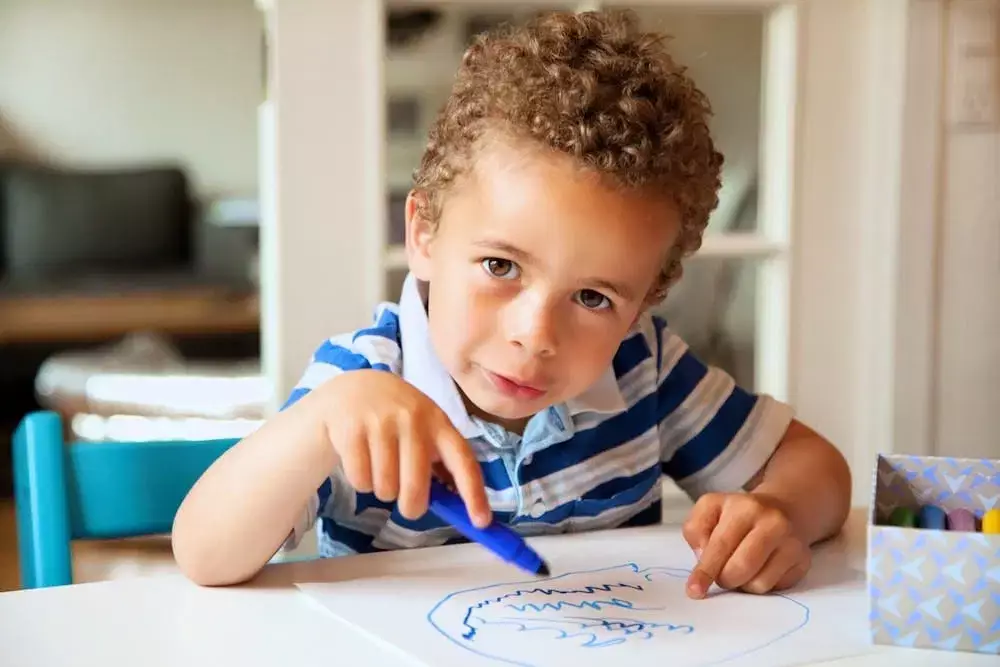In the dynamic landscape of parenthood, one significant aspiration binds many of us: the desire to cultivate kindness and compassion in our children. We envision them growing into empathetic adults who will work towards making the world a better place. While some children exhibit these traits naturally, others, particularly those with sensitive hearts, come with their unique set of challenges. As a seasoned educator and a parent of a sensitive child, I have come to appreciate the nuances of nurturing these tender souls, and I find it essential to employ thoughtful strategies to help them thrive.
From my early experiences as a teacher, I noticed that sensitive students often require more delicate handling—a metaphorical touch of “kid gloves.” This lightened approach satisfies their need for understanding as they process the world around them. When my daughter, a sensitive heart by nature, came into my life, I quickly understood her unique emotional landscape. Her capacity for empathy is remarkable, yet it’s often accompanied by overwhelming feelings, which can manifest in worry or sadness. Understanding this balance has been crucial for her emotional development, as well as my own growth as a parent.
To address the complex feelings that arise in sensitive children, I’ve found that role-playing serves as an invaluable tool. This technique allows for discussions and explorations of challenging scenarios that stirring emotions may provoke. For instance, visits to the doctor’s office can trigger anxiety in sensitive kids. Through role-play, I can prepare my daughter by pretending to be doctors, explaining potential procedures, and reassuring her that it’s all a normal part of life. This method not only alleviates her fears but also illustrates the concept of healing, embodying the idea that temporary discomfort should not overshadow the certainty of wellness and recovery.
Facilitating play with dolls or stuffed animals extends this concept further. When my daughter encounters stories of crying babies or sad animals, we act out the scenarios, nurturing her understanding. We might pretend to feed the doll or soothe it with gentle words, projecting the reality that discomfort is occasionally part of our experiences and that empathy can bring solace. Such exercises foster emotional literacy in her, recognizing that while feelings can be intense, they can also be resolved.
During episodes of distress, often provoked by overstimulation or emotional overload, I’ve recognized one of the simplest yet most effective solutions: a hug. Engaging in physical closeness can provide the reassurance sensitive children frequently need when they feel unmoored or anxious. It’s essential to create an environment where this kind of interaction feels safe and comforting. By responding with love rather than frustration, we pave the way for our children to express their emotions freely, fostering a healthy emotional climate at home.
Studies support this approach, indicating that physical touch can alleviate stress and inspire calmness in children. Therefore, when my daughter and I embrace during tough moments, I find that it reassures her that not only is she understood, but she is also loved unconditionally—a crucial sentiment for sensitive children. In creating a space filled with understanding and support, we empower our children to navigate their intense feelings with greater ease.
Sensitive children often grapple with articulating their feelings, partly due to their developing vocabularies. Connections through children’s literature can effectively bridge this gap. Picture books that portray varied emotions assist in opening dialogues about what children experience. This early introduction sets a foundation for comprehension of feelings, observations that all emotions are valid, and reassurance that it’s acceptable to express them.
Art and creative play represent additional outlets for these children to channel their emotions productively. Encouraging them to draw, act, or engage in pretend play provides essential avenues for expression, helping to mitigate feelings that might otherwise feel insurmountable. Furthermore, by including them in everyday tasks, children can help contribute positively, learning empathy through caregiving roles—whether caring for pets or assisting with family chores. This sense of agency allows them to translate their sensitivity into acts of kindness, solidifying their empathetic nature.
While nurturing sensitivity is paramount, it’s equally vital to instill a sense of structure and discipline in children. Understanding that rules and expectations can provide security will help sensitive children manage their feelings constructively. Regular, honest conversations about emotions, reinforced through positive language, help children associate their sensitivity with strength rather than vulnerability. Recognizing their compassionate qualities as essential traits, rather than quirks to be ashamed of, encourages resilience in the face of their sensitivity.
Closing the gap on societal misconceptions about sensitive children helps parents cultivate an environment where their emotional fluency can flourish. By leaning into this journey with patience and compassion, we not only support our children’s growth but also guide them toward a deeper understanding of their own hearts—a precious gift with lifelong implications.

